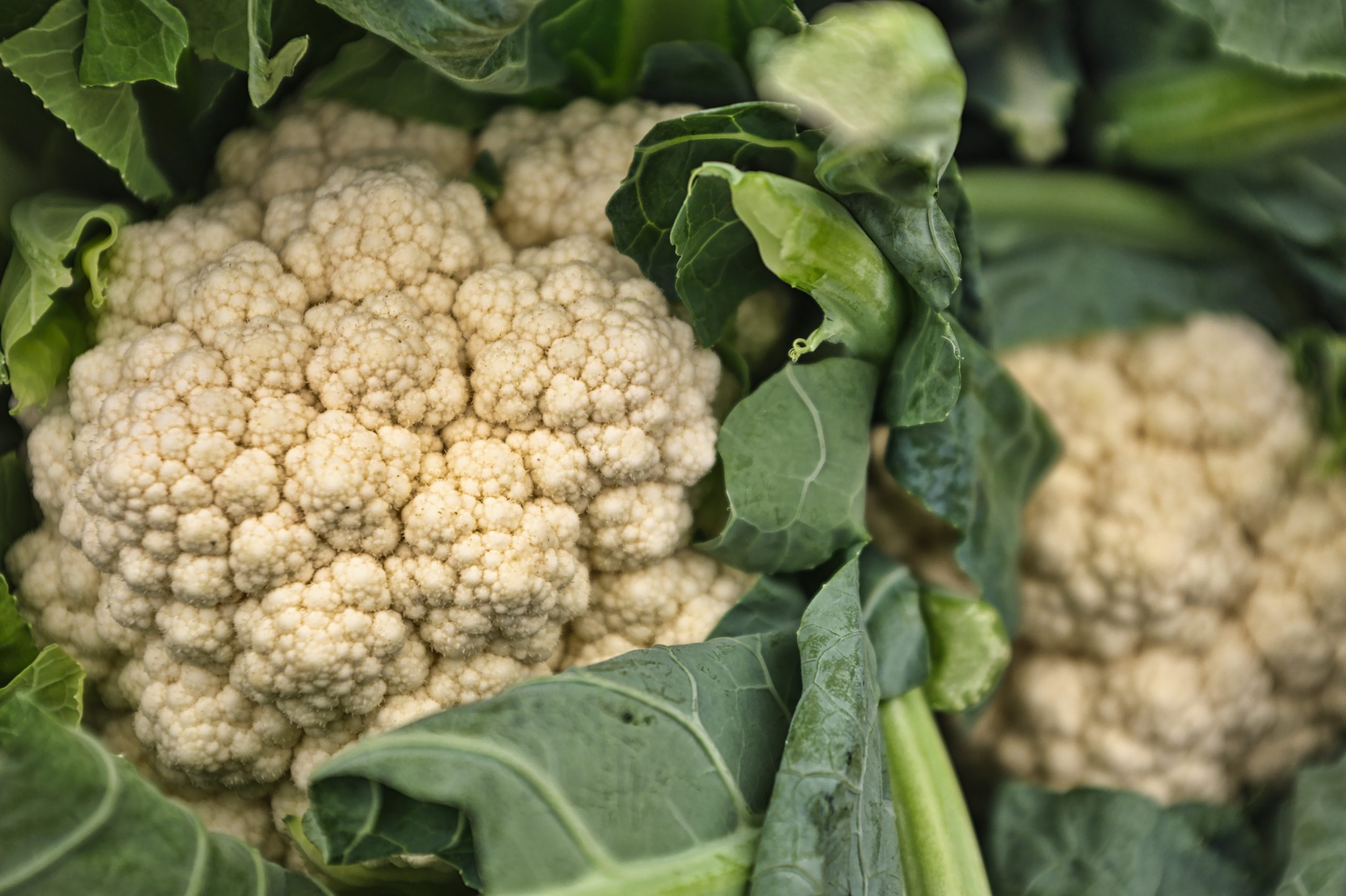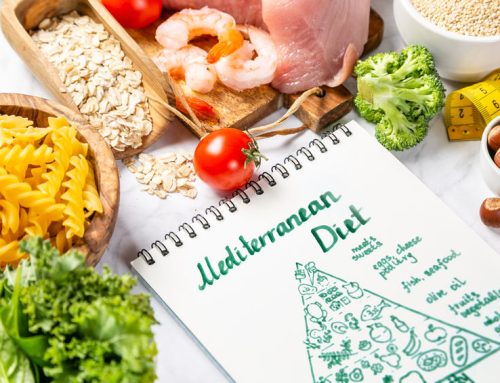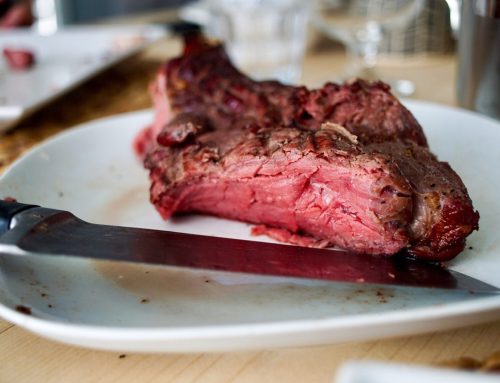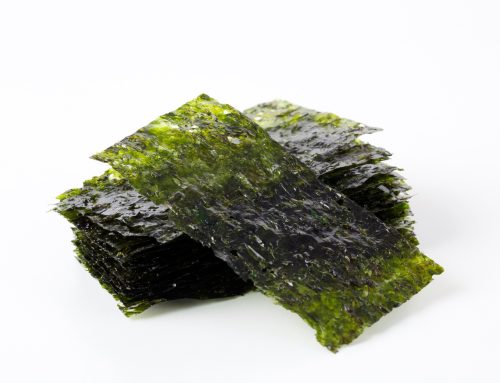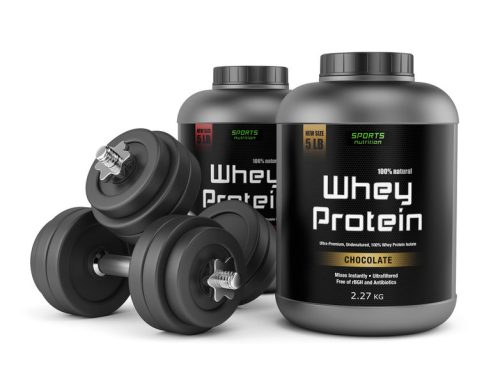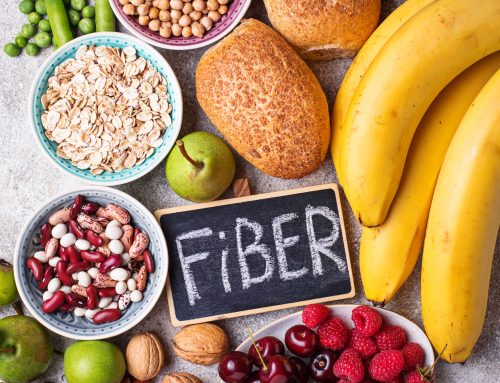Healthy cauliflower used to sell so slowly it often spoiled on supermarket shelves. Now, it is one of the fastest-growing food products, as consumers substitute the versatile vegetable for meat and carbohydrates.
Rich in protein and fiber but low in calories, healthy cauliflower is benefiting from the rise of keto and paleo diets that advise people to avoid grains and seek high-fat foods.
Cauliflower’s mild flavor and adaptability have encouraged food makers to substitute it for starches and dairy in gnocchi, pizza crust, hummus and vegan Gruyère cheese.
U.S. sales of raw cauliflower and foods containing the vegetable rose to $700 million last year, according to research firm Nielsen, up nearly 40% from 2016.
Pat Brown, a merchandising vice president at Albertsons Cos. believes that “It really has become the new kale.” The nation’s second-largest grocer, after Kroger Co., has introduced 14 store-branded items featuring cauliflower over the past year, including rice, mashed cauliflower and a cheese bake. “Consumers are looking for healthier options and healthier options that taste good,” says Mr. Brown. “It’s become one of those.”
Healthy Cauliflower is Being Called “The New Kale”
The vegetable now outsells cabbage and garlic, but still lags behind lettuce and onions. Kale, which rose to prominence in recent years, is experiencing a decline in sales and remains less popular than cauliflower.
The cauliflower rice that Aldi Inc. started selling in 2017 is now the German discount grocer’s top-selling frozen item in the U.S., said Scott Patton, vice president of corporate buying at Aldi US. Aldi has since introduced 12 items featuring cauliflower, including tortilla chips, gnocchi and buffalo dip.
More people are also buying raw cauliflower to make their own dishes at home, retailers say. That is alleviating a headache for Aldi and other grocers who say the vegetable is prone to losing its freshness faster than other produce.
According to Patton, “Cauliflower is a very delicate vegetable. It’s white and prone to spotting,” referring to brown spots the vegetable gets when it is exposed to light and air for too long.
Farmers have expanded cauliflower acreage to meet the fresh demand, said Curt Epperson, who manages the produce and floral sections at Publix Super Markets Inc. Cauliflower grows in 30 days, he said, compared to the 70 to 100 days that produce such as tomatoes and peppers need to reach maturity. Cauliflower, like many vegetables produced in the U.S., is mostly grown in California. “Growers can react and adjust very quickly,” according to Epperson said.
At some retailers, cauliflower-infused items are taking shelf space away from less popular foods, said Kemper Isely, chief executive of Lakewood, Colo.-based Natural Grocers by Vitamin Cottage Inc. Sales of the vegetable nearly doubled at the chain over the past year.
“You get rid of something that isn’t selling quite as well,” Mr. Isely said, adding the grocer is taking away some traditional pizza in its frozen section to create more room for cauliflower-crust pizza.
Cauliflower also has a growing presence in prepared meals and salad bars, which tend to have higher margins and can boost profits.
Chains are adding deep-fried cauliflower to hot-food bars and planning to use cauliflower leaves in salads, said Turner Goodwin, a director of fresh-category management at KeHE Distributors LLC, which delivers food products to grocers.
Healthy cauliflower-crust pizzas account for one-quarter of total pizza sales at Stew Leonard’s Inc., a chain concentrated in the Northeast, CEO Stew Leonard Jr. said. The grocer started selling it in 2018 and the item already has more share than plain cheese pizzas with a wheat crust, he said.
“There are a lot of vegans now. They don’t want to eat meat. They want plant-based,” Mr. Leonard said.
Aside from specific diets, consumers say they like prepared foods made with cauliflower because they are a convenient way of being more healthy. A serving of cauliflower rice contains 85% fewer calories than a serving of white rice, according to food makers, and a pizza crust made from wheat flour contains about 23 times more carbohydrates than pizza made with cauliflower.
“It’s become so much more accessible. It’s so easy to pick up already riced,” said Sarah Smith, a 27-year-old freelance musician in St. Louis who shops at Trader Joe’s and Aldi. “I eat less calorically, but still fill up.”
Miguel Martinez, who works at a warehouse near Reno, Nev., started eating cauliflower rice as part of his keto diet about a year and a half ago. Now the 24-year-old buys six heads of cauliflower for himself and his family each week and dices them to accompany his meals. He credits the dish and the keto diet with helping him lose 75 pounds.
“It has a durable taste and texture,” Mr. Martinez said. “It retains flavors just right.”
Click here to read all about why healthy cauliflower has been labeled “the new kale.”


